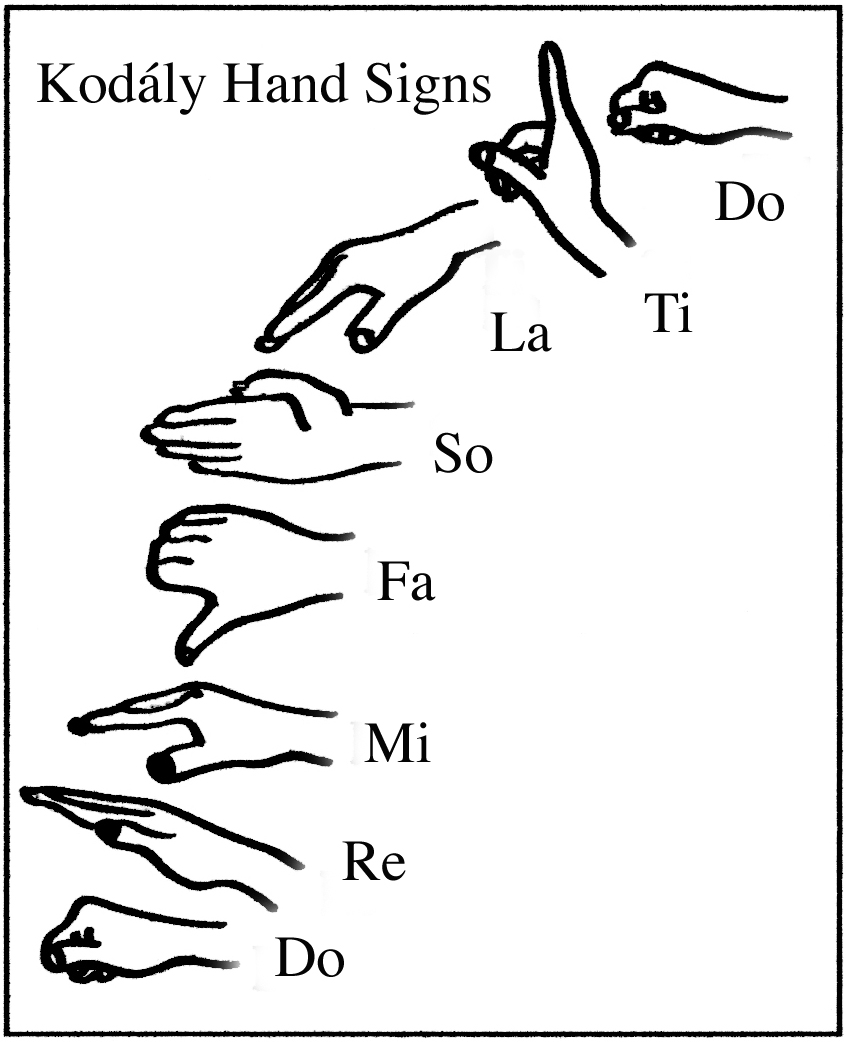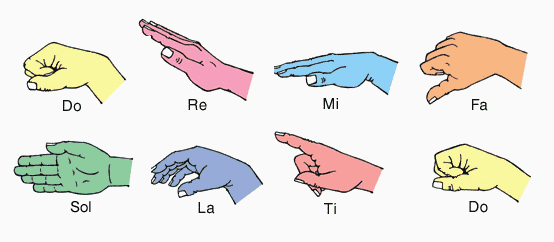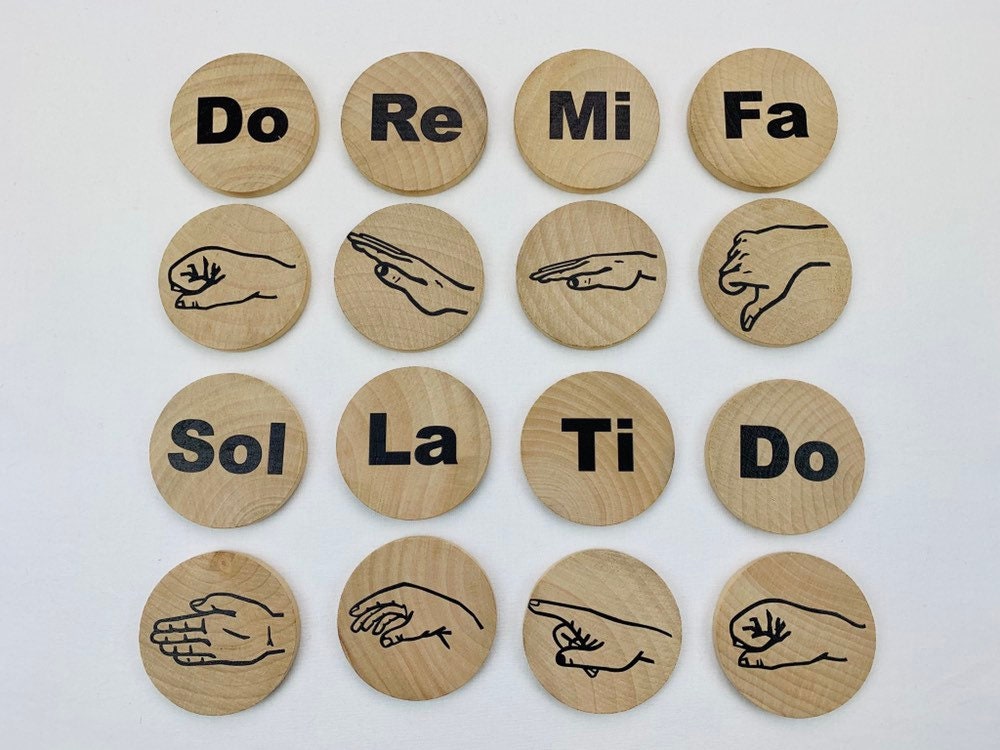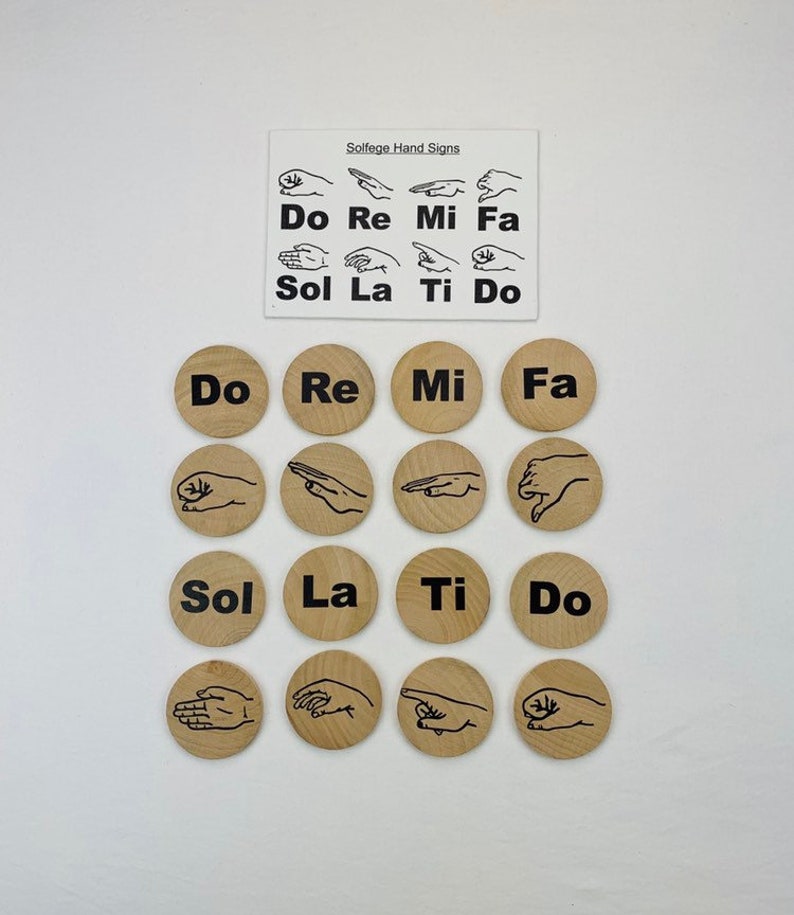Do Re Mi Fa So La Ti Do Hand Signs

Remember "Do-Re-Mi" from The Sound of Music? That catchy tune wasn't just about learning to sing; those hand gestures, those little swoops and points, they're actually a secret language!
It's a language of music, a way to see and feel the notes leap off the page and into your voice.
The Accidental Language Lesson
Let's be honest, most of us probably just copied Julie Andrews, thinking it was a cute way to teach kids about music.
But those hand signs? They're based on a real system called the Curwen hand signs, developed in the 19th century by Reverend John Curwen.
Curwen wasn't trying to create a TikTok dance craze; he was trying to make music education more accessible.
From Reverend to Rock Star (Kind Of)
Imagine a world where sheet music looked like ancient hieroglyphs! That's what it was like for many back then.
Curwen's system used hand signs and a simplified notation to make learning music easier, especially for kids.
Think of it as musical training wheels, helping you understand the relationships between notes before you even have to wrestle with complicated sheet music.
So, What's the Big Deal?
Here’s the fun part: each hand sign corresponds to a note in the scale.
Do is a closed fist, representing grounding, stability, and the beginning.
As you move up the scale, your hand rises, visually representing the increasing pitch.
Re is your hand tilted slightly, like you're offering a little wave.
Mi is flat, facing down – a subtle connection to the earth.
Then Fa, with your thumb pointing inward, arrives. It might feel a bit awkward at first but, it is essential.
And then we ascend to So. A flat hand, like Mi, but held higher, and palms facing down.
Next, La reaches out. Use a waving hand and move it to the side of your body.
Now, Ti points upwards.
Finally, we arrive back at Do, completing the octave!
The Unexpected Perks
Beyond just learning to sing, these hand signs do something remarkable.
They create a physical connection to the music.
It’s not just about hearing the notes; it’s about feeling them in your body, visualizing them in space.
And, let's be real, it's also a fantastic party trick.
More Than Just Notes
While the Curwen hand signs might seem like a relic from a bygone era, they're still used in music education today.
They offer a powerful, intuitive way to understand musical concepts, especially for visual and kinesthetic learners.
Plus, they're a reminder that music isn't just about abstract notes on a page; it's about emotion, expression, and connection.
"The hand signs were a way to embody the music, to make it a part of you," a music teacher once told me. "It’s not just about singing the notes; it's about feeling them."
So, the next time you hear "Do-Re-Mi," remember it's more than just a catchy tune.
It's a language, a connection, and a way to make music come alive, right in the palm of your hand.
Give it a try and see what musical secrets you might unlock!












